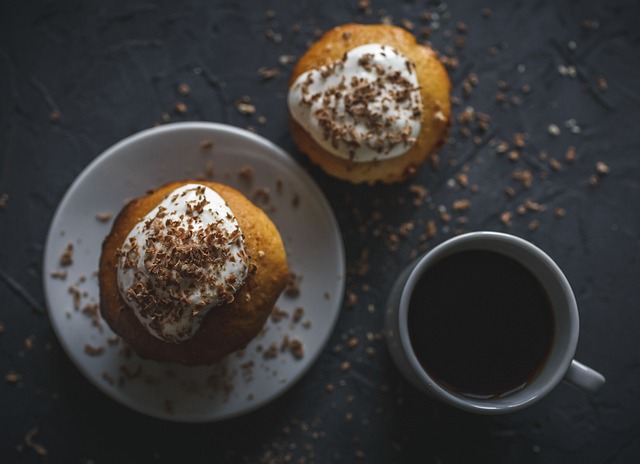
Discover the art of culinary mastery with our comprehensive guide to game-changing techniques that will take your cooking to new heights.
Whether you're a novice or a seasoned home chef, this article unveils ten essential culinary skills that will transform your dishes.
From perfecting your knife skills to mastering the art of sautéing, roasting, and grilling, each technique is explained in precise detail, ensuring safety and elevating your culinary creations to a whole new level of deliciousness.
Knife Skills
When it comes to mastering the art of cooking, honing your knife skills is an essential foundation. Proper knife skills not only enhance the efficiency and precision of your culinary endeavors but also ensure safety in the kitchen.
To maintain the sharpness of your knives, regular knife sharpening is crucial. A sharp knife not only cuts effortlessly but also reduces the risk of accidents caused by applying excessive force.
Knife maintenance is equally important, as it helps prolong the lifespan of your knives. This includes proper cleaning, drying, and storing techniques. Additionally, it is essential to handle knives with care, using a cutting board and avoiding contact with hard surfaces that could damage the blade.
Sautéing
Mastering the technique of sautéing is essential for elevating your cooking skills to new heights. Sautéing is a cooking method that involves quickly cooking food in a small amount of oil or fat over high heat. This technique offers numerous benefits, including enhancing the flavor and texture of ingredients, while also preserving their nutritional value.
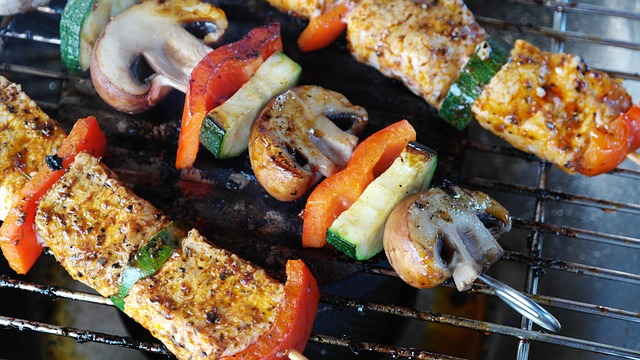
When sautéing, it is important to choose the right pan, one with a wide cooking surface and high sides to prevent food from spilling over. Additionally, ensure that the oil or fat is heated properly before adding the ingredients to achieve that perfect golden brown color and crispiness. To avoid overcrowding the pan, cook in batches if necessary.
Roasting
Roasting is a culinary technique that can elevate your dishes to new heights.
One of the key benefits of roasting is achieving perfectly crispy skin on meats, such as chicken or pork, which adds a delightful texture and flavor.
Additionally, roasting enhances the natural flavors of vegetables and fruits through caramelization, resulting in a rich and savory taste that will impress your guests.
Mastering the art of roasting will undoubtedly take your cooking skills to the next level.
Perfectly Crispy Skin
To achieve a flawlessly crispy skin, employ a generous amount of salt and a high-heat cooking method. This technique is essential for creating a delectable texture and enhancing the overall taste of your dish.
However, if you are looking for crispy skin alternatives, there are a few tricks you can try. One option is to use a panko breadcrumb coating before roasting, which adds an extra crunch to the skin. Another alternative is to marinate the meat with acidic ingredients like lemon juice or vinegar, as they help break down the skin's proteins and promote crispiness.
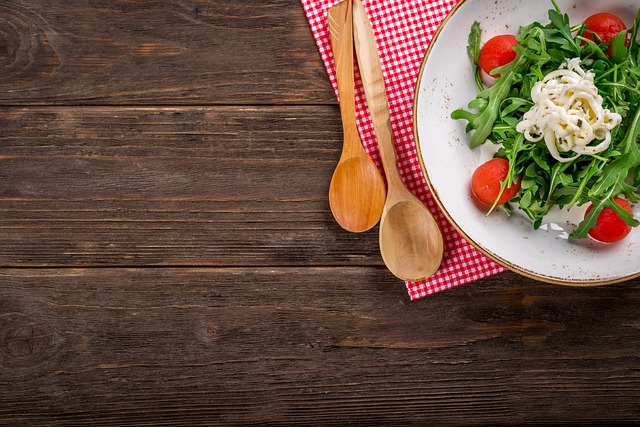
Regardless of the method you choose, it is important to remember that maintaining crispy skin requires careful attention to cooking time and temperature. Overcooking can result in dry and rubbery skin, so it is crucial to monitor your dish closely.
Enhancing Flavors Through Caramelization
The next culinary technique that can elevate your cooking to new heights is enhancing flavors through the process of caramelization during roasting. Caramelization is a technique that involves heating sugars until they break down and transform into a rich, golden-brown color. This process not only adds depth and complexity to savory dishes but also enhances the flavors of desserts.
To achieve caramelization, there are a few techniques to keep in mind. First, make sure to evenly distribute the sugar on the surface of the ingredient you are roasting. This will ensure even browning and caramelization. Additionally, using a higher heat and longer cooking times will allow the sugars to fully break down and develop those desirable caramel flavors.
Caramelization can also be used to elevate the flavors of desserts. From caramelizing sugar to create a luscious caramel sauce to torching the tops of crème brûlées, this technique adds a delightful richness and complexity to sweet treats.
Grilling
Grilling is a culinary technique that offers both visual appeal and enhanced flavor to your dishes. Achieving perfect grill marks on your food not only adds an aesthetic touch but also indicates that the flavors have been sealed in.
The charred crust that grilling creates adds depth and complexity to the taste, making it a game-changing technique for elevating your cooking.
Perfect Grill Marks
Achieving impeccable grill marks is a hallmark of skilled grilling technique. To achieve those perfect grill marks, it is important to consider the grill temperature and use the right grilling technique. Here are some tips to help you elevate your grilling skills and achieve those coveted grill marks:
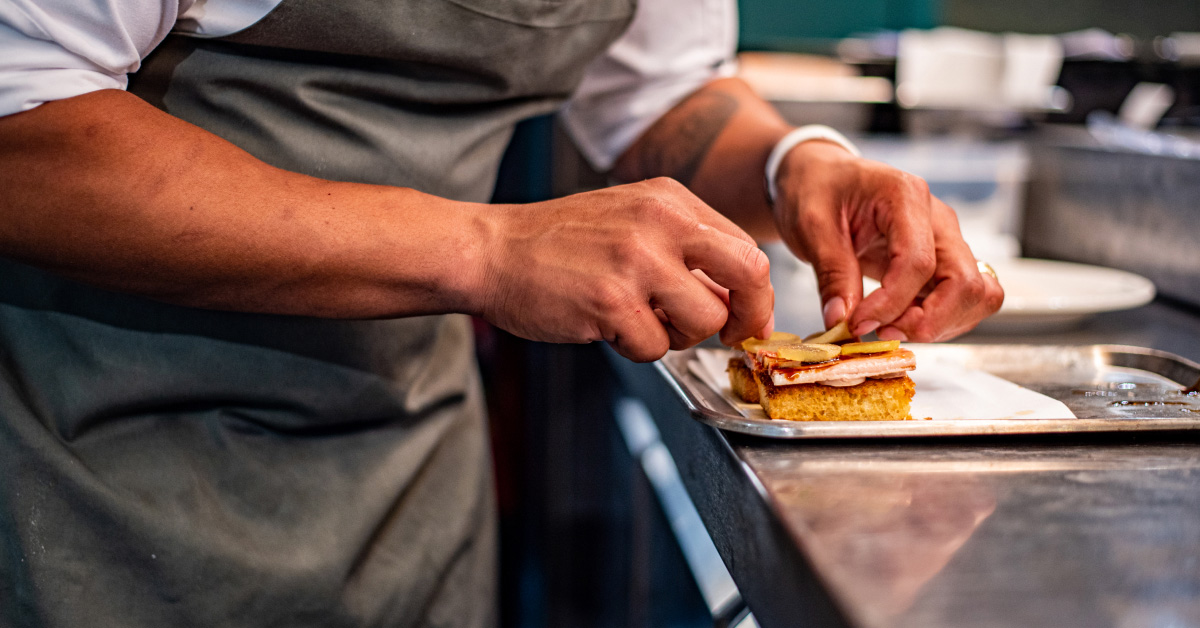
- Preheat your grill: Make sure to preheat your grill to the appropriate temperature before cooking. This ensures that the grill grates are hot enough to create those distinct grill marks.
- Oil the grill grates: Before placing your food on the grill, lightly oil the grill grates to prevent sticking and promote even cooking.
- Use direct heat: To create grill marks, cook your food directly over the heat source. This allows for the Maillard reaction to occur, which creates those beautiful sear marks.
- Don't move the food too soon: Let your food cook undisturbed for a few minutes before flipping or moving it. This allows the grill marks to form properly.
- Rotate the food: To achieve crisscross grill marks, rotate your food 45 degrees halfway through cooking on each side.
By following these tips and techniques, you can elevate your grilling game and achieve those perfect grill marks that will impress your guests.
Remember to always prioritize safety by properly handling hot grills and using appropriate grilling utensils. Happy grilling!
Flavorful Charred Crust
To further enhance the grilled flavor and texture of your dishes, mastering the art of creating a flavorful charred crust is essential. This technique adds depth and complexity to your grilled creations, elevating them to new heights of culinary excellence.
When searing your meat or vegetables, ensure that the grill is preheated to high to achieve a quick and flavorful sear. The intense heat will create a beautiful charred crust that seals in the juices, resulting in moist and tender meat.
For charred vegetables, brush them with a high smoke point oil to prevent sticking and promote even charring.
Remember to exercise caution and follow safety guidelines when grilling to avoid accidents and ensure a pleasurable grilling experience.
With the mastery of creating a flavorful charred crust, your dishes will be elevated to a whole new level of deliciousness.
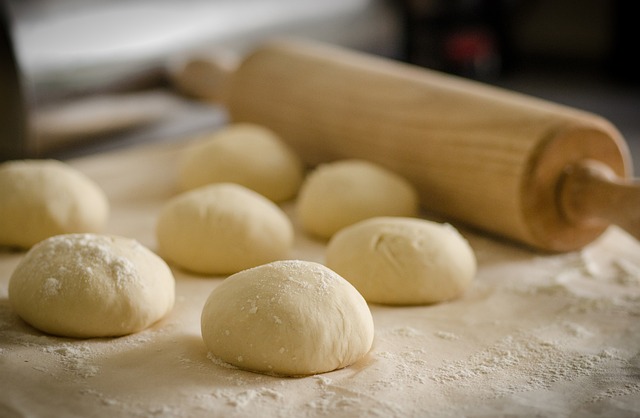
Braising
Braising is a versatile cooking technique that enhances the flavor and tenderness of meats and vegetables. It involves searing the food at high heat and then slowly cooking it in liquid at a lower temperature.
Here are some key benefits of braising and the best techniques to achieve delicious results:
- Retains moisture: Braising helps lock in moisture, resulting in tender and juicy meats.
- Intensifies flavors: The slow cooking process allows the flavors to meld together, creating rich and deep flavors.
- Versatility: Braising works well with a variety of ingredients, from tough cuts of meat to root vegetables.
- Easy preparation: It requires minimal hands-on time and can be done in one pot, making it a convenient cooking method.
- Healthier option: Braising allows for the use of leaner cuts of meat and less added fat, making it a healthier cooking technique.
To achieve the best results when braising, ensure you have a heavy-bottomed pot, control the heat to maintain a gentle simmer, and cook the food until it is fork-tender.
Baking
Continuing the exploration of culinary techniques, baking is a fundamental skill that can elevate your cooking repertoire. By understanding the art and science of baking, you can create delicious and impressive dishes that will impress your family and friends.
One of the key benefits of baking is the use of natural ingredients. By using fresh and wholesome ingredients, you can enhance the flavors and nutritional value of your baked goods. Additionally, exploring different types of flour can add depth and complexity to your baked creations.
Whether it's all-purpose flour, whole wheat flour, or specialty flours like almond or coconut flour, each type brings its own unique characteristics to the final product.
Frying
The use of high-quality oil is essential in achieving culinary excellence in frying. When it comes to frying, there are several different techniques that can elevate your cooking to the next level. Here are some benefits of frying and different frying techniques that you should know:
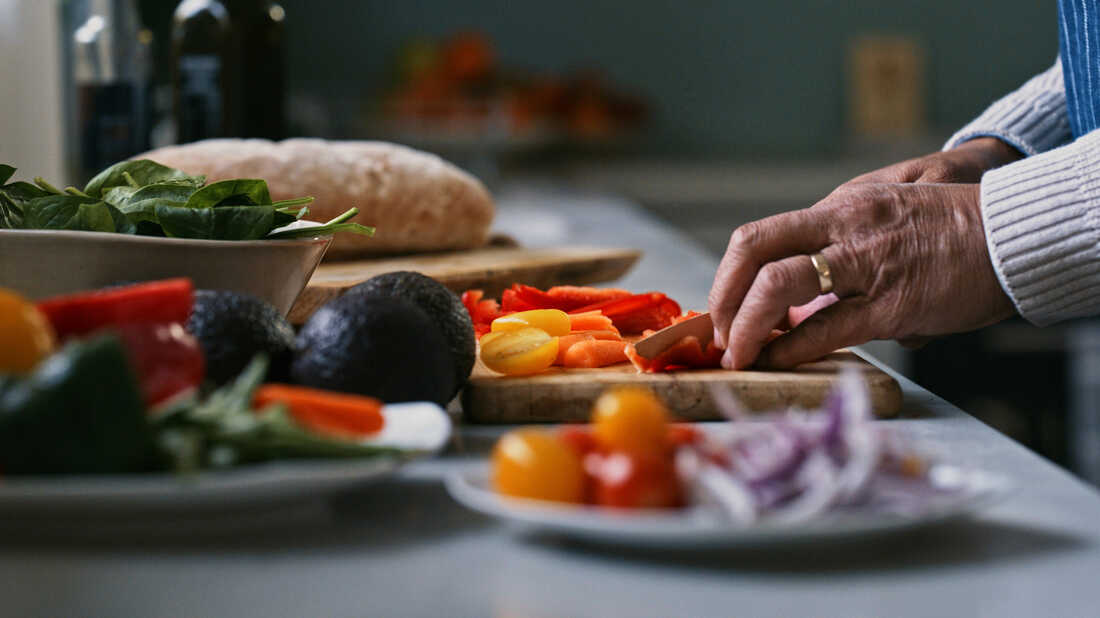
- Deep frying: This method involves immersing food in hot oil, resulting in a crispy exterior and moist interior.
- Stir frying: Using high heat and constant stirring, this technique allows for quick cooking while preserving the natural flavors and textures of the ingredients.
- Shallow frying: Involving cooking food in a small amount of oil, this technique gives a nice browned crust to the food without submerging it completely.
- Pan frying: Similar to shallow frying, this technique uses a moderate amount of oil and is perfect for cooking delicate foods like fish or eggs.
- Air frying: A healthier alternative to traditional frying, this technique uses hot air circulation to cook food, resulting in a crispy texture with less oil.
Steaming
Steaming is a culinary technique that offers numerous benefits. It is a healthy cooking method that helps to retain the nutrients and natural flavors of food. In comparison to other cooking methods, steaming is gentle and preserves the texture and color of ingredients.
To achieve the best results when steaming, there are various tips and tricks that can be employed.
Benefits of Steaming
One technique that has revolutionized the culinary world is the method of cooking food using steam. Steaming offers numerous health benefits and is a preferred cooking method for many individuals seeking a healthier lifestyle.
Here are some key benefits of steaming:
- Preserves nutrients: Steaming retains the natural vitamins and minerals in food, ensuring that you consume the maximum nutritional value.
- Low in fat: Steaming requires no additional oils or fats, making it a healthier option for those watching their fat intake.
- Enhanced flavor: Steaming helps to lock in the natural flavors of the ingredients, resulting in a more delicious and flavorful dish.
- Quick cooking time: Steaming is a relatively quick cooking method, allowing you to prepare meals in a shorter amount of time.
- Gentle cooking process: Steaming is a gentle cooking process that helps to maintain the texture and integrity of the food, ensuring a tender and moist result.
Steaming Vs. Other Methods
Steaming, frequently overlooked in comparison to other cooking methods, offers distinct advantages that set it apart in the culinary world.
When it comes to health-conscious cooking, steaming is a game-changer. Unlike frying or roasting, steaming requires little to no added fats, making it a heart-healthy option.
Steaming also helps to retain the natural flavors, colors, and nutrients of the ingredients, resulting in a more vibrant and nutritious dish.
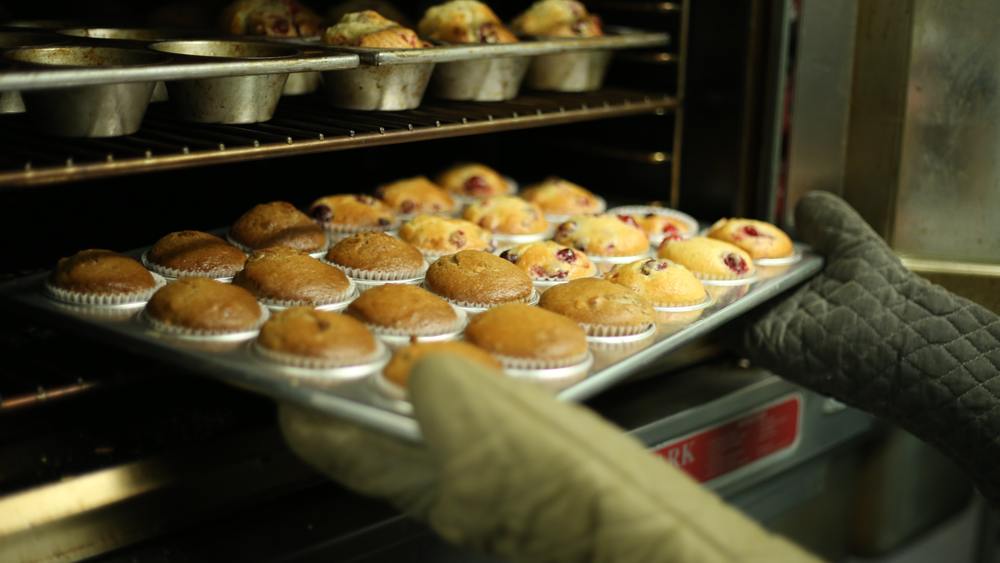
To make the most of your steaming experience, here are some tips and tricks: use a steamer basket or bamboo steamer to allow for even steam distribution, ensure there is enough space between the food items for proper circulation, and be mindful of the cooking time to avoid overcooking.
Steaming is not only a safe and easy cooking method, but it also brings out the best in your ingredients.
Steaming Tips and Tricks
Utilizing the technique of steaming can greatly enhance your culinary creations by preserving flavors, textures, and nutrients. Steaming is a healthy cooking method that allows you to cook food without the need for oil or fat, making it ideal for those looking to maintain a balanced diet.
Here are some tips and tricks to help you make the most of your steaming experience:
- Use a bamboo steamer or a stainless steel steamer basket for optimal results.
- Choose fresh ingredients and cut them into uniform sizes to ensure even cooking.
- Season your food before steaming by adding herbs, spices, or a splash of citrus juice for added flavor.
- Place a layer of parchment paper or lettuce leaves at the bottom of the steamer to prevent delicate items from sticking.
- Avoid lifting the lid too frequently during cooking to maintain the steam's temperature and prevent heat loss.
Poaching
Poaching is a versatile cooking method that uses gentle heat and liquid to cook food, resulting in tender and flavorful dishes. The benefits of poaching are numerous.
Firstly, it allows for the retention of moisture in the food, preventing it from drying out. This is particularly beneficial for delicate proteins such as fish or poultry.
Secondly, because poaching uses liquid rather than direct heat, it is a healthier cooking option as it requires little to no oil or fat.
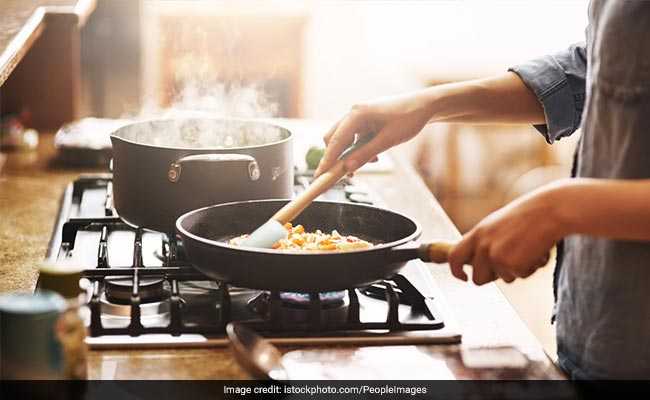
Additionally, poaching helps to infuse the food with the flavors of the cooking liquid, resulting in a more complex and nuanced taste.
When compared to other cooking methods, such as frying or grilling, poaching is a safer option as it eliminates the risk of burning or charring the food.
Simmering
Simmering, another essential cooking technique, involves gently cooking food in liquid over low heat, allowing flavors to meld and develop while maintaining the food's moisture and tenderness. Simmering is a versatile method that yields delicious results, and understanding its benefits and techniques can significantly elevate your culinary creations.
Benefits of simmering:
- Enhanced flavor: Simmering allows the food to slowly absorb the flavors of the liquid, resulting in a rich, complex taste.
- Tender texture: The gentle heat of simmering helps break down tough proteins, resulting in tender and juicy meat.
- Retains nutrients: Unlike boiling, simmering preserves the nutrients in the food, making it a healthier cooking option.
- Infused aromatics: Simmering with herbs, spices, and aromatics intensifies their flavors, infusing the dish with a delightful aroma.
- Customizable cooking times: Simmering allows you to control the cooking time, ensuring that ingredients are perfectly cooked without overcooking or drying out.
Techniques for achieving a rich simmer:
- Adjust the heat: Maintain a low, steady heat to avoid boiling and achieve a gentle simmer.
- Use a lid: Covering the pot helps retain moisture and maintains a consistent simmer.
- Choose the right pot: A heavy-bottomed pot with good heat distribution is ideal for simmering.
- Stir occasionally: Gently stirring the food prevents sticking and ensures even cooking.
- Skim and strain: Skim off any impurities that rise to the surface and strain the liquid for a cleaner, more refined result.
Frequently Asked Questions
How Can I Properly Season Meat Before Roasting to Enhance Its Flavor?
To properly season meat before roasting and enhance its flavor, start by marinating the meat in a combination of spices, herbs, and aromatics. The best spices to use are salt, pepper, garlic powder, and paprika, which will add depth and richness to the meat's taste.
What Are Some Tips for Achieving a Crispy Texture When Frying Foods?
Achieving a crispy texture when frying foods can be achieved by following a few key tips. Ensuring the food is dry before frying, using a high smoke point oil, and maintaining a consistent temperature throughout the cooking process are all essential for achieving optimal results.
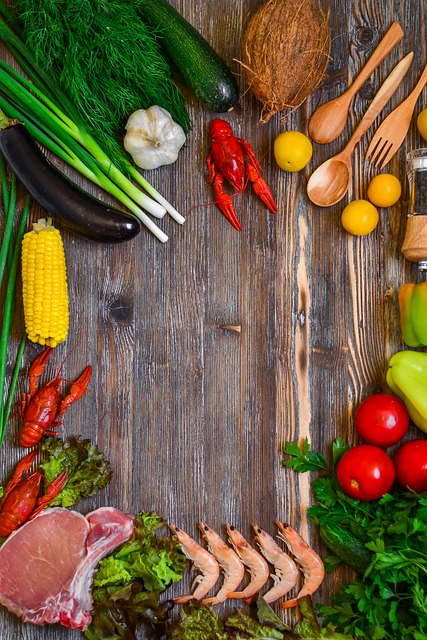
Are There Any Alternative Methods to Grilling That Can Still Give a Similar Smoky Flavor?
There are alternative cooking methods to grilling that can still provide a similar smoky flavor. Techniques such as smoking, broiling, or using a stovetop smoker can achieve a desirable smoky taste without the need for a grill.
Can Steaming Be Used for Cooking Vegetables Other Than Just for Retaining Their Nutrients?
Steaming is a superior method for cooking vegetables compared to boiling, as it helps retain more nutrients and natural flavors. Additionally, steaming enhances the texture and color of the vegetables, resulting in a more visually appealing dish.
Are There Any Specific Types of Fish That Are Recommended for Poaching, or Can Any Fish Be Used?
When it comes to poaching fish, it is recommended to use delicate and firm-fleshed fish such as cod, halibut, or salmon. These types of fish hold up well during the cooking process and result in tender and flavorful dishes.
 Family Craft ProjectsHome ImprovementCooking and BakingReuse and RecycleDIY GiftsEco-Friendly ProjectsDIY Home SolutionsSeasonal ActivitiesFun and GamesLearn TogetherPrivacy PolicyTerms And Conditions
Family Craft ProjectsHome ImprovementCooking and BakingReuse and RecycleDIY GiftsEco-Friendly ProjectsDIY Home SolutionsSeasonal ActivitiesFun and GamesLearn TogetherPrivacy PolicyTerms And Conditions

 Family Craft ProjectsHome ImprovementCooking and BakingReuse and RecycleDIY GiftsEco-Friendly ProjectsDIY Home SolutionsSeasonal ActivitiesFun and GamesLearn TogetherPrivacy PolicyTerms And Conditions
Family Craft ProjectsHome ImprovementCooking and BakingReuse and RecycleDIY GiftsEco-Friendly ProjectsDIY Home SolutionsSeasonal ActivitiesFun and GamesLearn TogetherPrivacy PolicyTerms And Conditions
